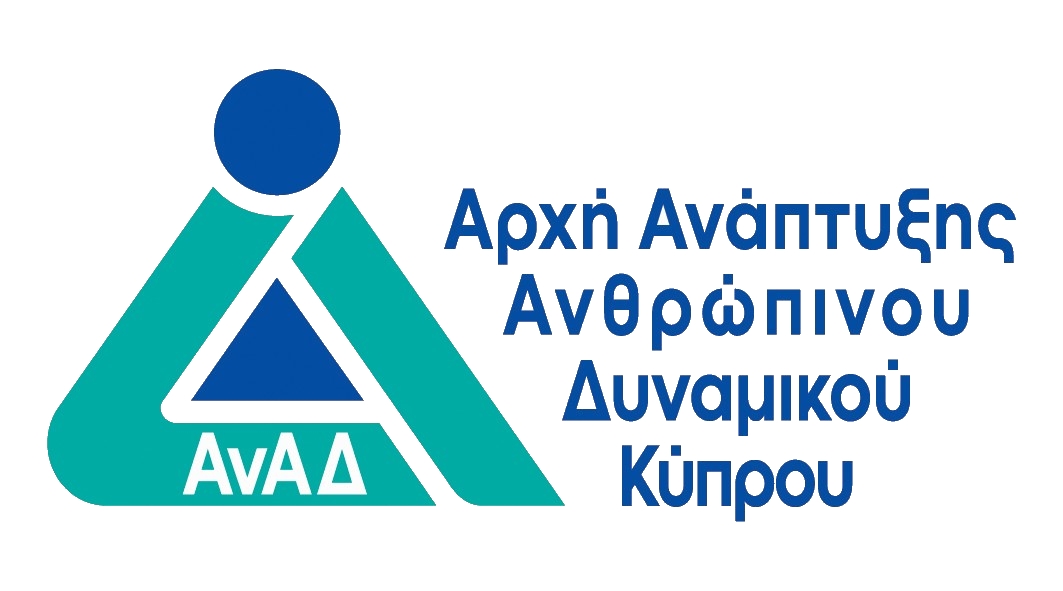
Internal Capital Adequacy Assessment Process (ICAAP) for Banks
- Χρηματοοικ. Ασφαλιστικά Τραπεζικά

ΠΕΡΙΓΡΑΦΗ
Pillar Two requires banks to have a comprehensive internal process for determining their appropriate level of capital (and liquidity). Stress-testing has become a key regulatory risk management tool since the financial crisis, with many Central banks requiring their banks to perform a test annually. The results can have a direct impact on their capital requirement.
This course begins with a bank’s Internal Capital Adequacy Assessment Process (ICAAP) and builds on it to develop a stress scenario, using, wherever possible, a bank’s internal data and processes. It also covers the two different Interest Rate Risk in the Banking Book (IRRBB) stress tests.
Excerpts from a large Eurozone bank’s stress test and on IRRBB from a Pillar Three report are included.
ΣΚΟΠΟΣ ΣΕΜΙΝΑΡΙΟΥ
This programme aims to:
- Highlight the importance of stress-testing, both from a supervisory and an internal risk management perspective
- Enable participants to understand and contribute to the stress-testing process
- Enable participants to understand the challenges and various means of calibrating the stress level
- Highlight the impact stress-testing has on a bank’s capital requirement
- Identify the impact of bond holdings in either Market Risk (if AFS) or IRRBB (if HTM)
ΣΕ ΠΟΙΟΥΣ ΑΠΕΥΘΥΝΕΤΑΙ
This course is designed for professionals within the financial services sector and will be particularly beneficial for:
- Risk Management Professionals
- Finance and Treasury Personnel
- Regulatory Compliance Officers
- Bank Executives and Directors
- Internal Auditors
- Regulatory Authorities and Supervisors
- Consultants and Advisors
ΠΕΡΙΣΣΟΤΕΡΕΣ ΠΛΗΡΟΦΟΡΙΕΣ
Training Outline
Baseline scenario
- Internal data, the historic record of key metrics, accuracy of previous forecasts, variability and the impact of changing economic conditions, attribution and lessons learnt
- Strategic: demand, capital or funding constrained?
- Currently expected range of future economic conditions
- By risk type:
- Credit risk
- Projecting loan book growth – from high-level top-down approaches towards more bottom-up, by sectors, within Commercial by Industry type, individually for some large clients, etc.
- The historic impairment rate, IFRS 9 stages, internal credit grades, transition matrices
- Recovery rates
- Other: e.g. Counterparty Credit Risk (CCR) and Credit Valuation Adjustment (CVA) – typically from swaps and so limited
- Market risk – typically limited, depending primarily on how bonds are classified (AFS or HTM) but see also IRRBB later
- Operational risk: CRD/CRR approach v impact of actual events, peer experience,
- Profitability: the main components, e.g. Net Interest Income – avg credit spread, low cost Retail deposits, fees, losses, etc
- Dividend pay-out/retention ratio, resulting expected Capital amount
- Liquidity risk: deposit growth rate and variability, by type, impact of changing economic conditions and interest rates
Adverse scenario
- Reviewing an example
- The challenge of calibrating tail risk
- Previous stressed periods, their causes and impact
- Future possible stress event types
- How stressful a future stress?
- Top-down approaches, progressively more granular – by sector (Retail, etc.), by Industry type – which will be hit more?
- Bottom-up component: large client exposures
- How long a stress period?
- Impact on funding, its availability and cost
- The impact on profitability and Capital
- Static v incorporating management response
- Reverse stress test
- Lessons from the stress test
Interest Rate Risk in the Banking Book (IRRBB)
- How Interest rate risk arises – asset v liability maturity and interest rate reset date mis-matches, non-maturity deposits (NMDs), holding government bonds (HTM)
- A traditional approach: ‘gap’ analysis
- Taking Gap analysis further with duration and stressed yield curve changes
IRRBB Part One: the Economic Value of Equity (EVE) approach
- Brief review of single-period and compound discounting to a Present Value (PV), bonds and duration (PV01)
- Marking both interest-rate sensitive sides of the balance sheet to market with various stressed yield curve changes and taking the worst net outcome
- Bucketing the positions and the specified time buckets
- Applying this to the current interest rate period of floating rate loans
- Applying this to NMDs
- The impact of AT1, Tier 2 Subordinated term debt, TLAC/MREL-eligible Senior term bonds, etc.
- The different yield curve scenarios and the level of change
- Comparing the worst case with Capital – does it exceed 15% of Tier 1?
- Excerpt from a recent Pillar Three report
IRRBB Part Two – Net Interest Income (NII)
- Starting point: static balance sheet with instantaneous yield curve changes
- Excerpt from a recent Pillar Three report
- The impact of changing depositor and borrower behaviour as interest rates change – the demand for term deposits and the exodus to bonds
- Going further: modelling the future Balance sheet
- Comparing EVE and NII
- Risk mitigation – structural hedging, derivatives and their pros and cons
Training Style
The programme is designed to deliver the scope, principles, and methodologies of ICAAP, and most of the seminar’s time will be invested in analysing the different methodologies and risk management tools that Banks should take into consideration during the preparation and implementation of the ICAAP report.
Through a presentation of the programme content the course is designed to promote questions and discussion throughout. It includes numerous real-life local examples and case studies for a deeper understanding.
CPD Recognition
This programme may be approved for up to 5 CPD units in Banking and Financial Regulation. Eligibility criteria and CPD Units are verified directly by your association, regulator or other bodies which you hold membership.
Πληροφορίες Εκπαιδευτή
Αναλυτικό Κόστος Σεμιναρίου
Για Δικαιούχους ΑνΑΔ
- € 0.00
- € 0.00
- € 0.00
- € 0.00
- € 0.00
Για μη-Δικαιούχους ΑνΑΔ
- € 250.00
- € 0.00
- € 47.50
- € 250.00
- € 297.50
ΠΡΟΓΡΑΜΜΑ ΣΕΜΙΝΑΡΙΟΥ
Πέμπτη - 28 Νοε 2024
Ώρα
10:30 - 13:15
ΕΚΠΑΙΔΕΥΤΗΣ:
Michael StaffertonΤοποθεσία:
OnLine Virtual Classroom
Παρασκευή - 29 Νοε 2024
Ώρα
10:30 - 13:15
ΕΚΠΑΙΔΕΥΤΗΣ:
Michael StaffertonΤοποθεσία:
OnLine Virtual Classroom
 Ελληνικά
Ελληνικά  English
English



 Αγγλικά
Αγγλικά
 5 ώρες
(
2 μέρες
)
5 ώρες
(
2 μέρες
)




























































